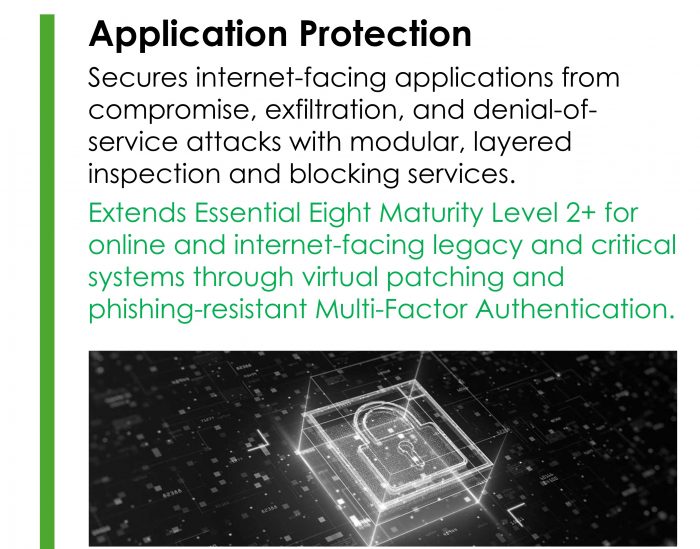
Essential 8 - Multi-factor authentication.
Multi-Factor Authentication (MFA) adds security prompts after users submit their login credentials to verify each login and thwart cybercriminals.
As one of the simplest yet most effective security measures, MFA requires multiple credential layers, making unauthorized access significantly harder.






